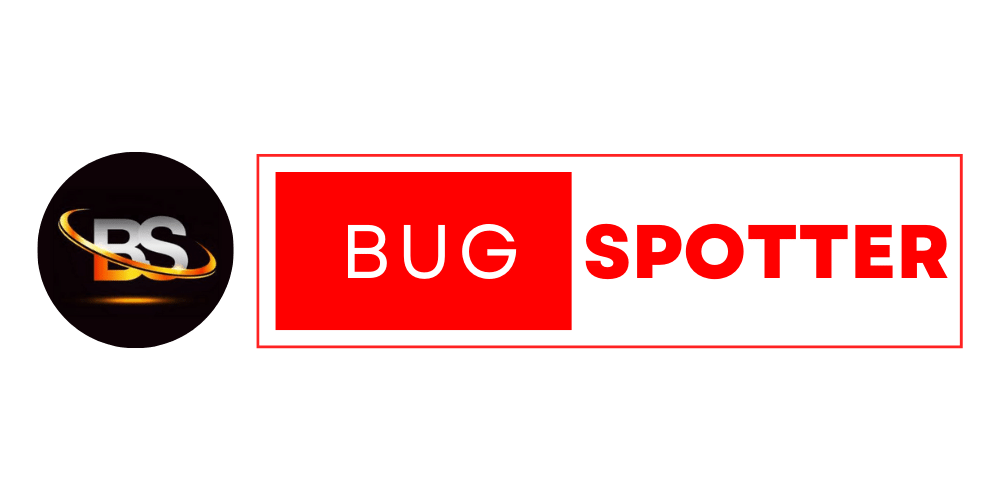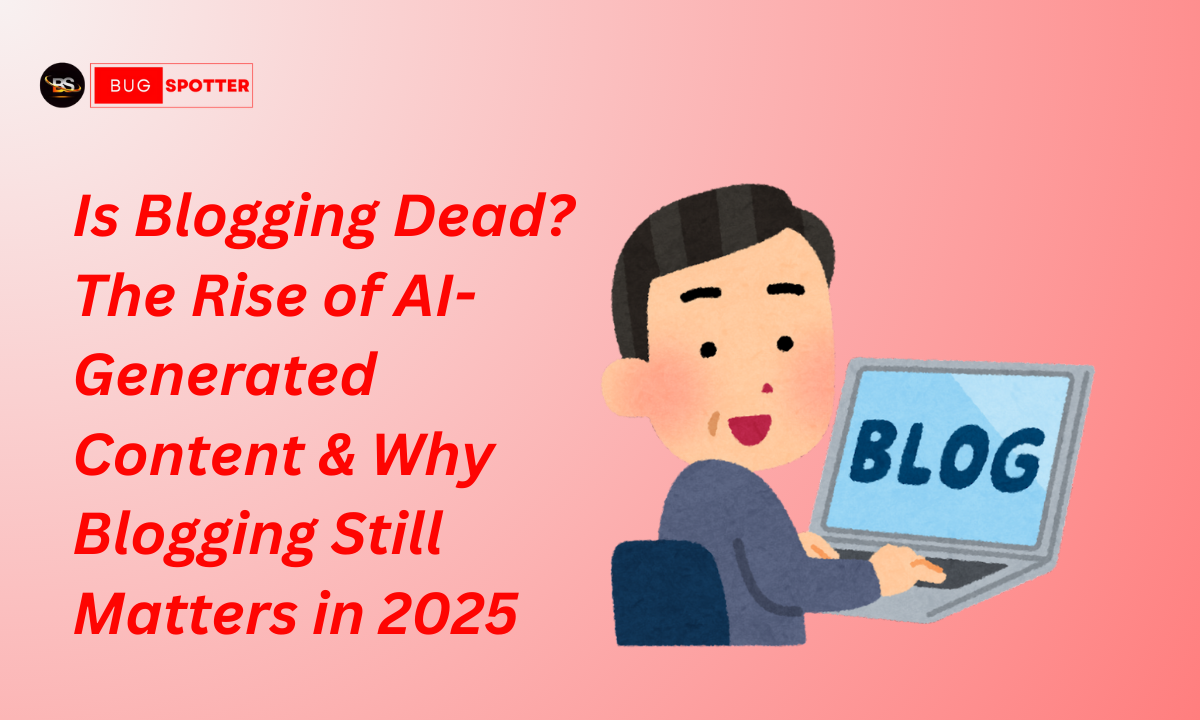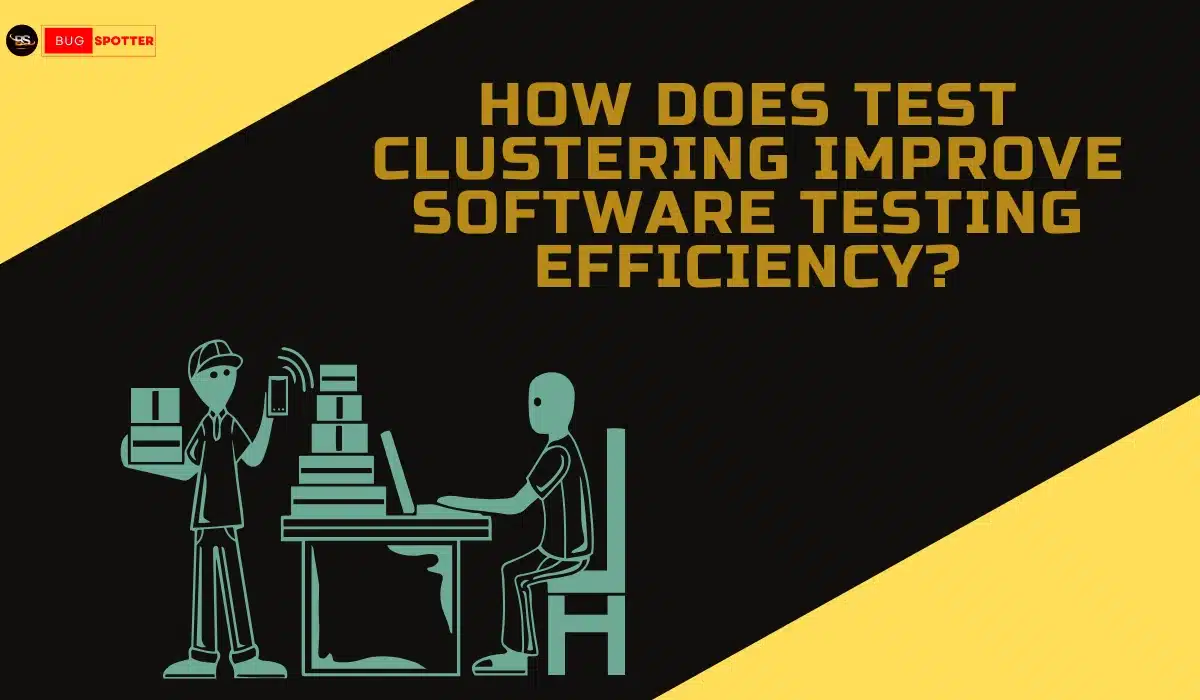How to Give Introduction in Interview

How to give introduction in Interview
How to give introduction in Interview
“Tell me about yourself”
It is a common question that serves as your self-introduction in an interview. It’s an opportunity to present yourself clearly and concisely, setting the stage for the rest of the conversation. The goal is to briefly highlight who you are, what you’ve accomplished, and why you’re a strong candidate for the position.
Tips on How to Introduce Yourself in an Interview
Introducing yourself in an interview is a critical moment, as it sets the tone for the conversation and provides you with an opportunity to make a strong first impression. Here are some key tips to help you introduce yourself effectively:
1. Keep It Concise
Your self-introduction should be clear, concise, and to the point. Avoid rambling or overloading the interviewer with unnecessary details. A 1-2 minute summary is ideal.
2. Start with a Brief Overview
Begin by stating your name, current job title (or recent job title if you’re between roles), and a quick overview of your professional background. Make it relevant to the role you’re applying for.
Example:
“Hi, my name is [Your Name], and I’m a [Your Job Title] with [X] years of experience in [Your Field]. I specialize in [Relevant Skills or Experience], and have a strong background in [mention a key area that relates to the job].”
3. Highlight Key Skills or Achievements
After providing a basic introduction, mention a couple of your key skills or professional accomplishments that make you stand out. This helps the interviewer see your value right away.
Example:
“In my previous role at [Company Name], I was responsible for [Key Responsibility] and was able to [mention a key achievement or result, such as leading a project, increasing sales, or improving efficiency].”
4. Align Your Background with the Job
Tailor your introduction to emphasize the experience and skills that are most relevant to the position you’re interviewing for. This shows that you understand the job requirements and highlights your fit for the role.
Example:
“I’m particularly excited about this opportunity because my experience in [specific skill/industry] aligns perfectly with the goals of your team. I’ve had success in [mention a relevant project or skill], and I’m eager to contribute to [specific goal or responsibility in the new role].”
5. Maintain a Positive and Professional Tone
Be confident, friendly, and professional in your delivery. Smile, maintain good posture, and make eye contact. This will help convey your enthusiasm and professionalism.
6. Don’t Focus Too Much on Personal Information
Keep the focus on your professional background, skills, and experience. While it’s okay to briefly mention personal interests if they align with the company culture, avoid over-sharing personal details.
7. Practice Your Introduction
Before the interview, practice your introduction several times so it comes across naturally. This will help you feel more comfortable and confident when responding to the question.
8. Finish with a Statement of Enthusiasm
End your introduction by expressing your excitement about the opportunity to discuss your qualifications further.
Example:
“I’m excited to discuss how my background in [field or skill] can contribute to your team’s success. I look forward to diving deeper into how I can be a strong asset to your organization.”
What to Include in Your Professional Self Introduction for Interviews?
When introducing yourself in a job interview, it’s important to include the right details to effectively highlight your qualifications. Here’s a refreshed guide on what to include in your professional self-introduction:
1. Your Name
Start by stating your name clearly so the interviewer can remember you. A simple introduction will help establish rapport.
Example:
“Hi, my name is [Your Name].”
2. Educational Background
Briefly mention your degree(s), the institution(s) where you studied, and any relevant achievements or coursework that relate to the position.
Example:
“I graduated with a [Degree] in [Field] from [University]. During my studies, I focused on [mention relevant coursework or achievements], which helped me develop a solid foundation in [specific skills or knowledge].”
3. Work Experience
Share your relevant work experience, highlighting key responsibilities, accomplishments, and skills. Focus on experiences that directly relate to the role you’re applying for.
Example:
“In my previous role at [Company], I was responsible for [Key Responsibilities], and I successfully [mention an achievement, such as improving efficiency, managing a project, or boosting sales]. This experience gave me hands-on expertise in [skills or tools] that I believe will be valuable in this role.”
4. Key Skills
Discuss the skills you have that directly relate to the job you’re applying for, including both technical and soft skills.
Example:
“I have strong [technical skills] such as [specific skills relevant to the job] and also excel at [soft skills such as problem-solving, communication, teamwork].”
5. Reason for Interest
Explain why you are interested in the role and the company. This shows the interviewer that you are enthusiastic about the opportunity and have done your research.
Example:
“I’m particularly excited about this role because [reason you’re interested in the company or position], and I believe my experience in [relevant field or skills] aligns well with the team’s objectives.”
6. Personal Touch
Add a brief, relatable personal detail or hobby to connect on a human level, but keep it brief and professional.
Example:
“Outside of work, I’m passionate about [mention a hobby or interest], which helps me [mention a skill or quality related to the job].”
Frequently Asked Questions (FAQ's)
How long should a self-introduction be in an interview?
Answer:
A self-introduction in an interview should ideally last 1 to 2 minutes. This allows you to provide a concise but comprehensive summary of your background and qualifications without overwhelming the interviewer.
What do interviewers expect in your self-introduction?
Answer:
Interviewers expect a clear, brief summary of your professional background, highlighting your relevant experience and skills. They want to understand how your experience aligns with the role you’re applying for and what you can bring to the team.
How can I introduce myself in a job interview?
Answer:
Start by stating your name and your current or most recent role. Then, briefly describe your key qualifications and experience, focusing on skills that are relevant to the position. Finally, explain why you are interested in the role and how you can contribute to the team.
Example:
“Hi, I’m [Your Name], and I’ve been working as a [Job Title] for the past [X years]. I specialize in [Relevant Skill], and I’ve had experience working with [Key Tools/Techniques]. I’m excited about this role because I believe my background in [specific skill or experience] aligns well with your team’s needs.”
How can I introduce myself in one line?
Answer:
“I’m [Your Name], a [Your Profession/Role] with [X years of experience] in [Your Field], passionate about [Your Interest/Skill].”
Example:
“I’m John, a digital marketing strategist with 5 years of experience in SEO and content marketing, passionate about driving results through data-driven strategies.”
How do you introduce yourself in a unique way?
Answer:
To introduce yourself uniquely, share a brief personal story or an interesting fact that connects to your career or passion. This helps to make your introduction memorable and shows personality.
Example:
“While studying graphic design, I created a logo for a small local business that helped them increase their brand visibility by 40%. This sparked my passion for design, and I’ve since worked on multiple projects that combine creativity and business strategy.”
What is the best answer to “Tell me about yourself”?
Answer:
The best answer is clear and focused on your qualifications and enthusiasm for the role.
“I’m [Your Name], a [Your Job Title] with [X years] of experience in [Your Field]. I specialize in [Key Skills] and have successfully managed [mention projects or achievements]. I’m particularly excited about this opportunity because it offers a chance to leverage my skills in [specific area] and contribute to [company or team goal].”
What are some good adjectives to introduce yourself professionally?
Answer:
Use adjectives that convey your positive attributes and work ethic, such as:
- Dedicated
- Motivated
- Innovative
- Reliable
- Passionate
Example:
“I’m a dedicated professional with a passionate commitment to delivering results and an innovative approach to solving challenges.”
Latest Posts
- All Posts
- Software Testing
- Uncategorized
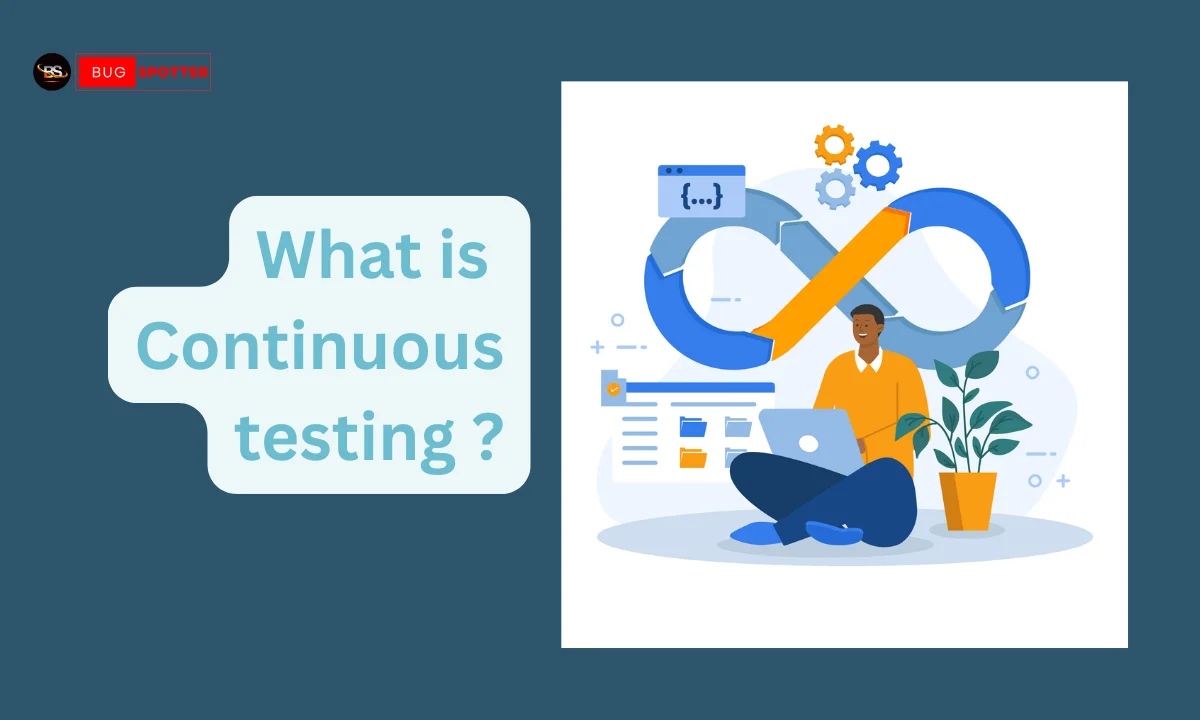
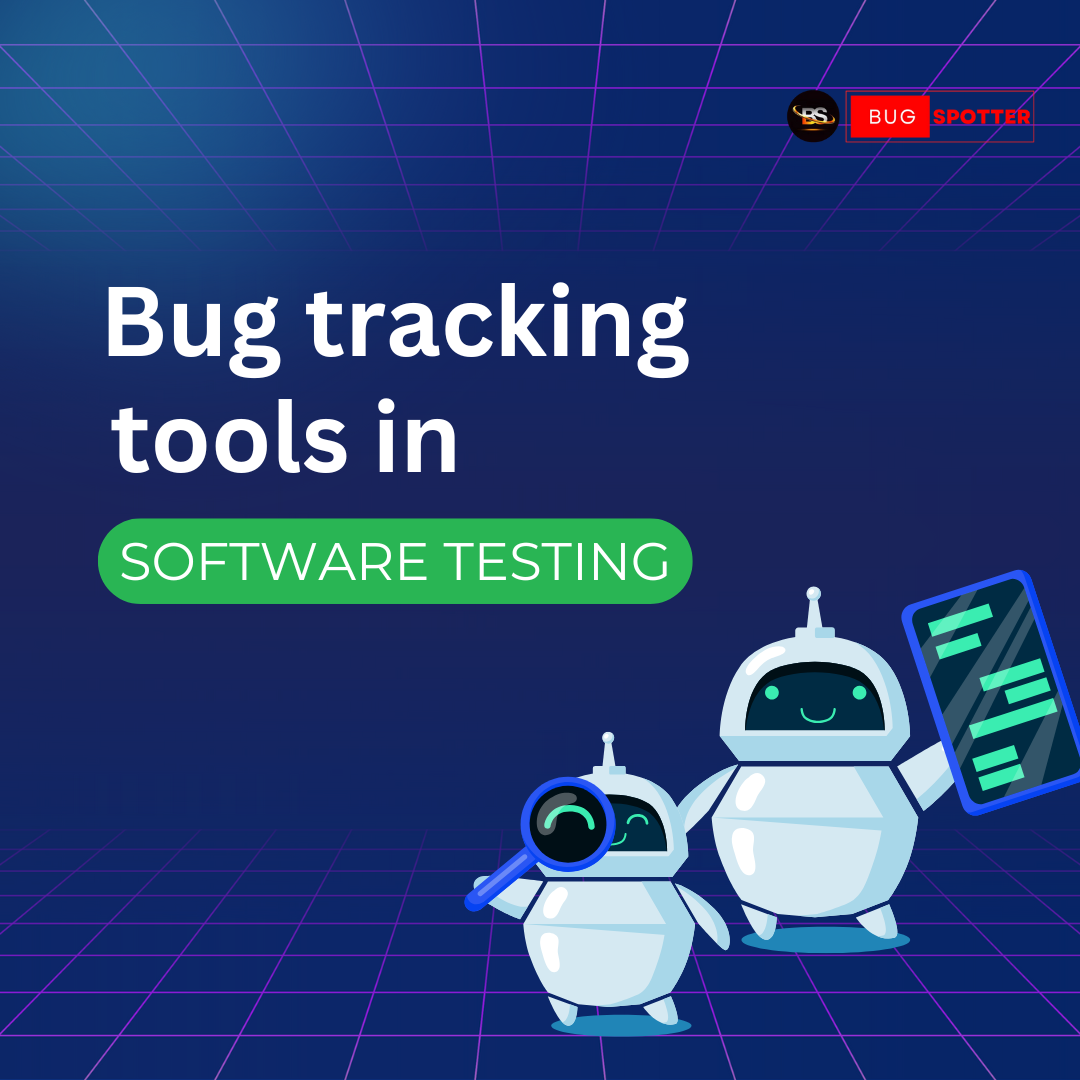
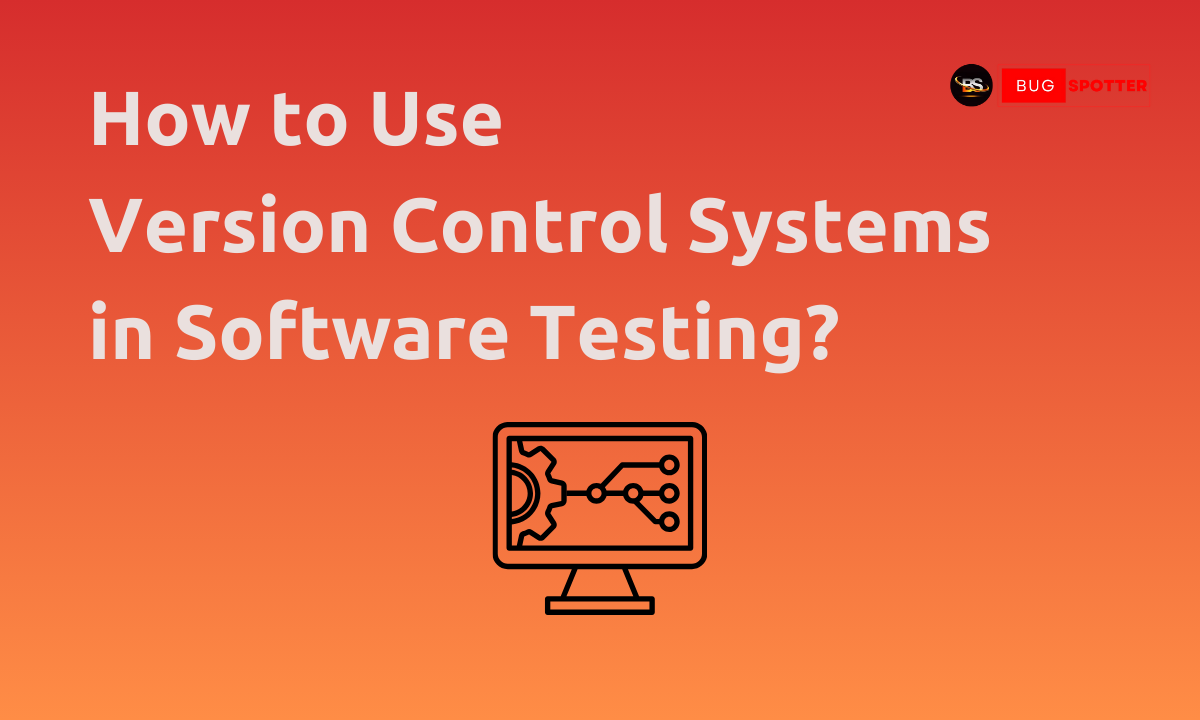
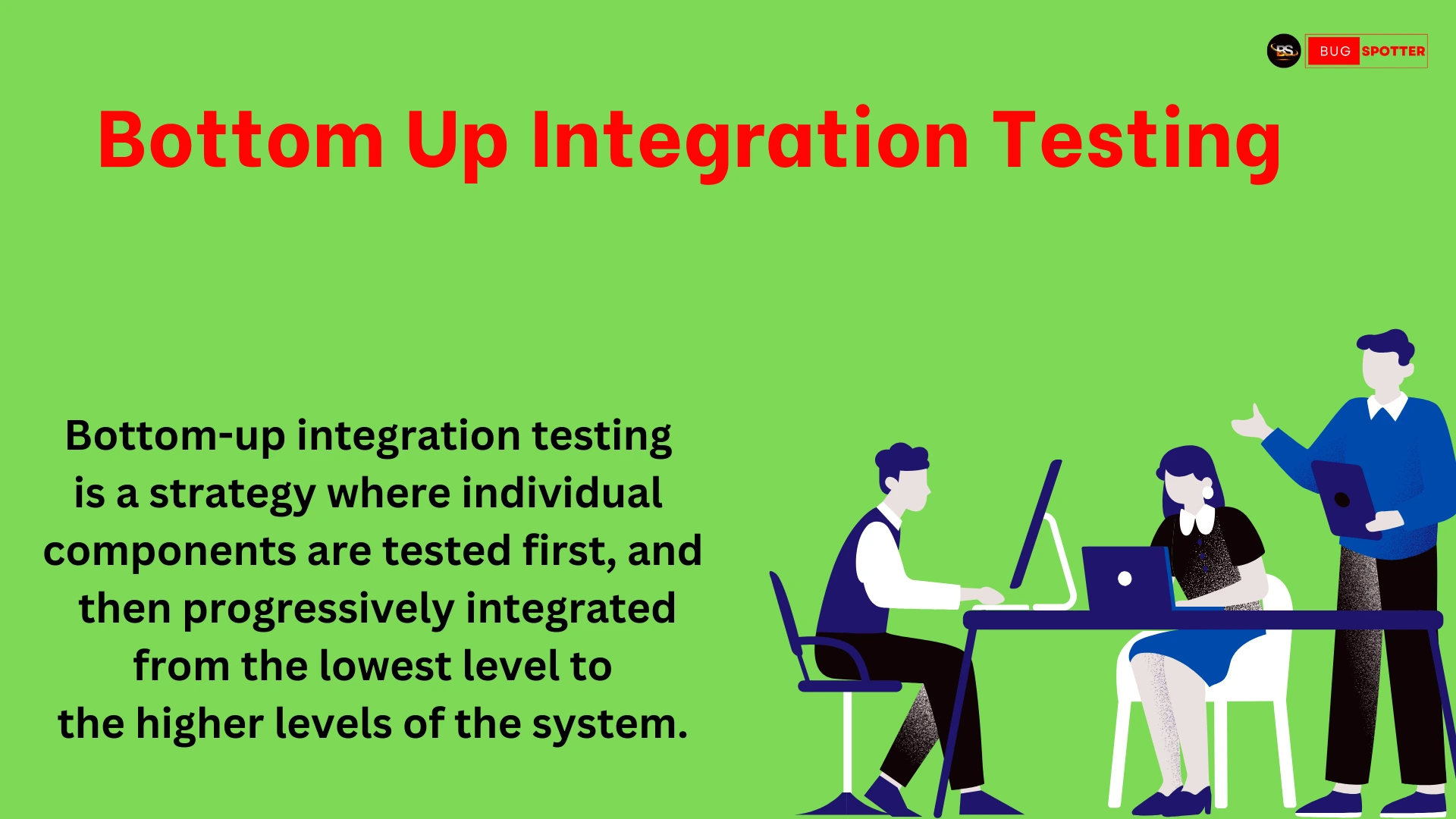

Categories
- Artificial Intelligence (5)
- Best IT Training Institute Pune (9)
- Cloud (2)
- Data Analyst (55)
- Data Analyst Pro (15)
- data engineer (18)
- Data Science (104)
- Data Science Pro (20)
- Data Science Questions (6)
- Digital Marketing (4)
- Full Stack Development (7)
- Hiring News (41)
- HR (3)
- Jobs (3)
- News (1)
- Placements (2)
- SAM (4)
- Software Testing (70)
- Software Testing Pro (8)
- Uncategorized (33)
- Update (33)
Tags
- Artificial Intelligence (5)
- Best IT Training Institute Pune (9)
- Cloud (2)
- Data Analyst (55)
- Data Analyst Pro (15)
- data engineer (18)
- Data Science (104)
- Data Science Pro (20)
- Data Science Questions (6)
- Digital Marketing (4)
- Full Stack Development (7)
- Hiring News (41)
- HR (3)
- Jobs (3)
- News (1)
- Placements (2)
- SAM (4)
- Software Testing (70)
- Software Testing Pro (8)
- Uncategorized (33)
- Update (33)
